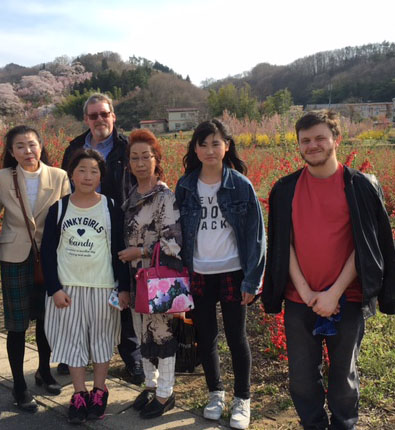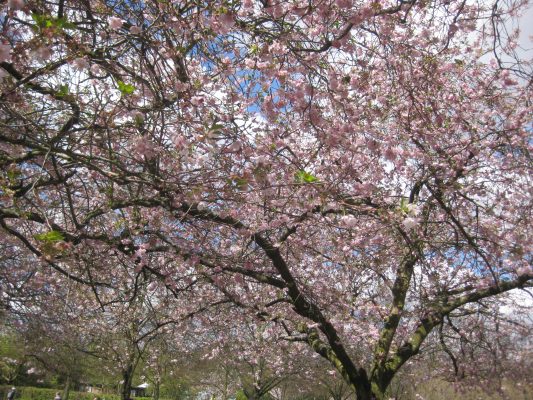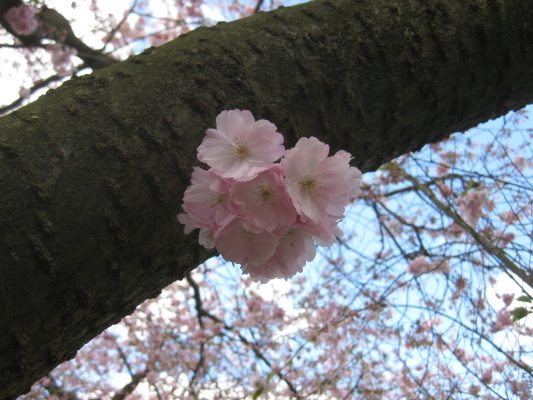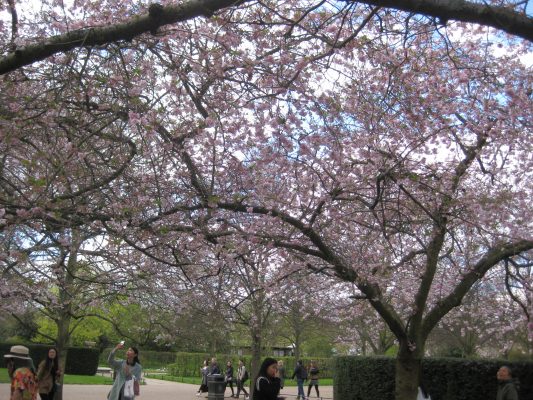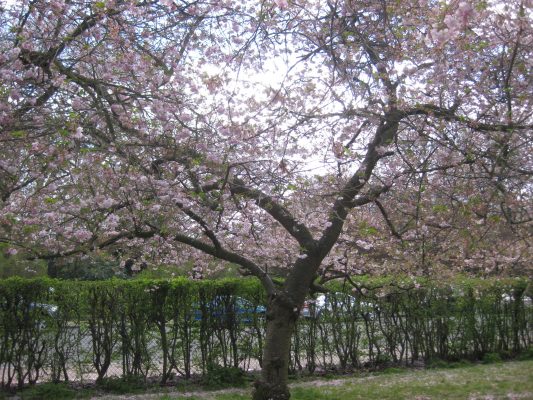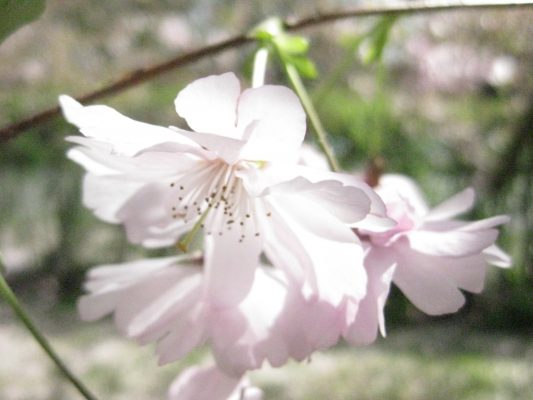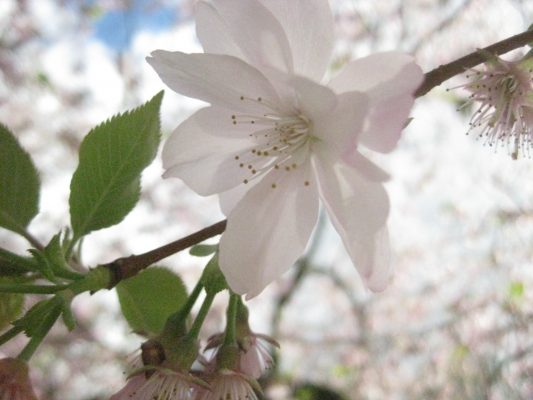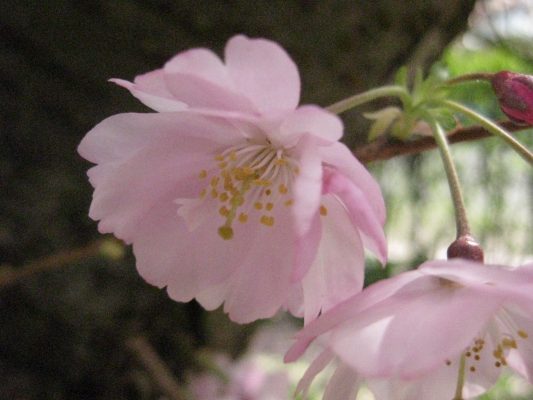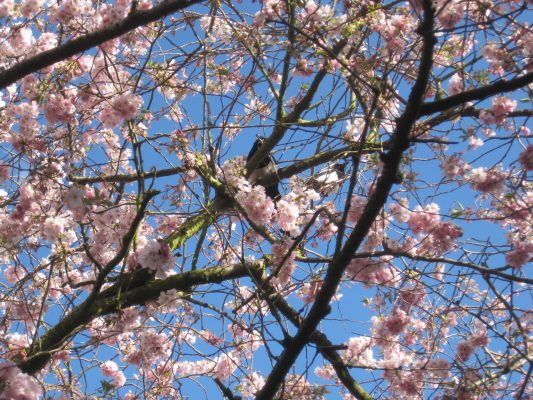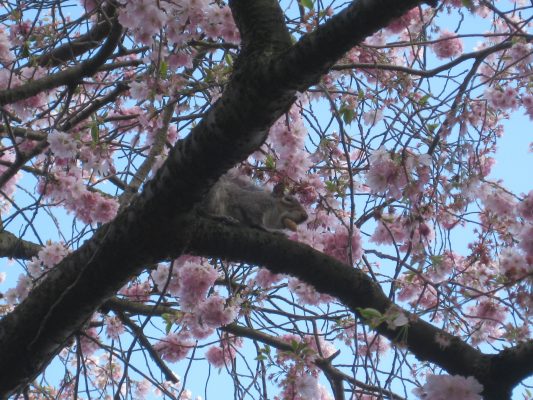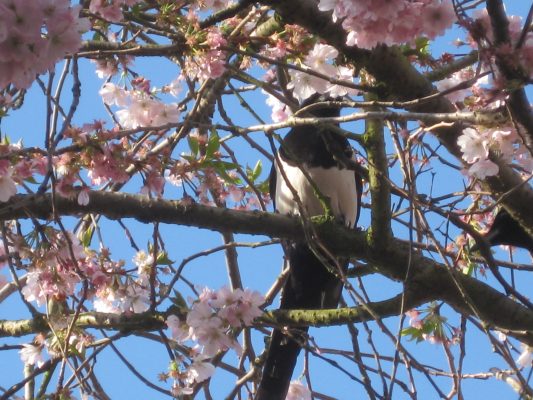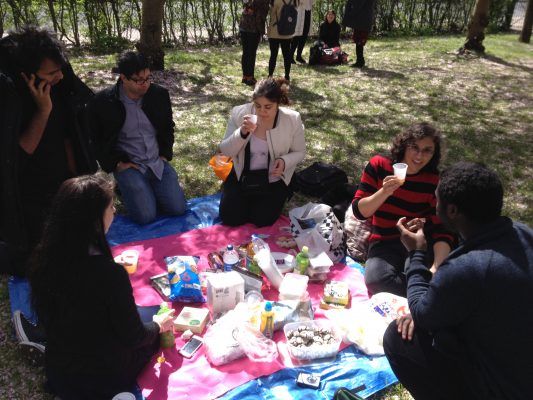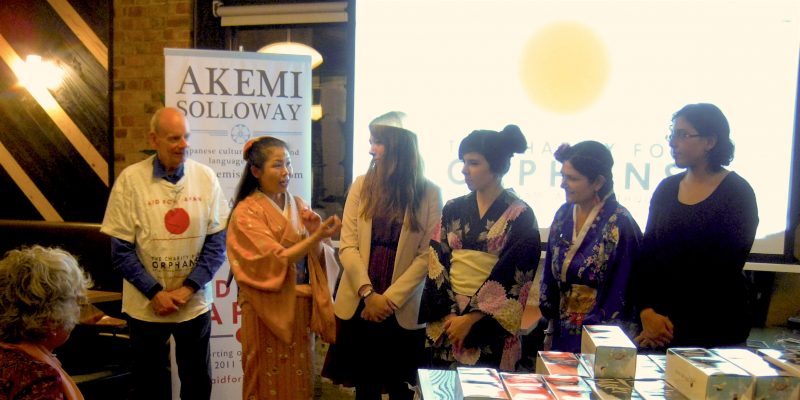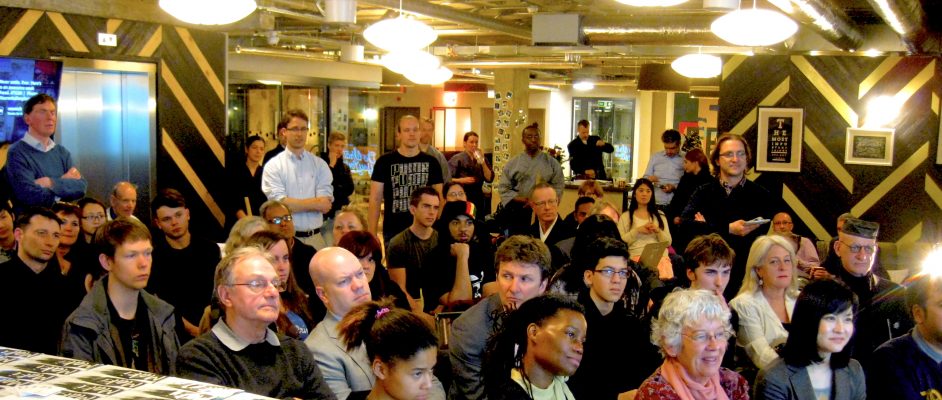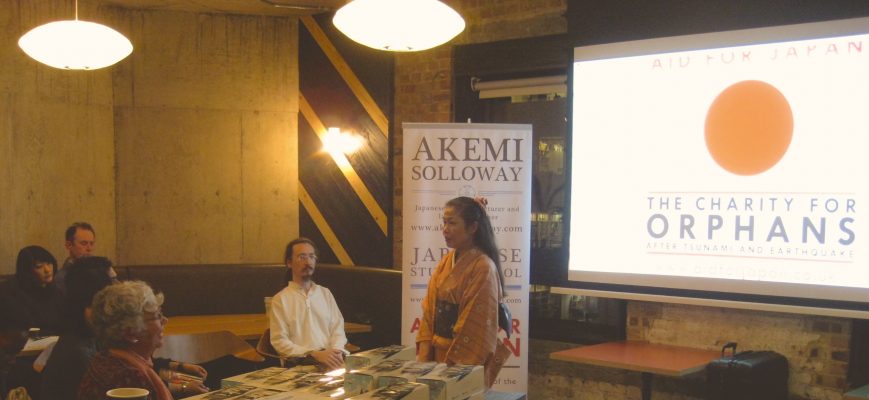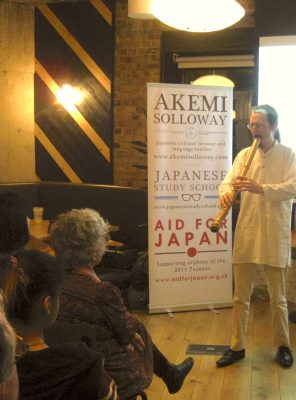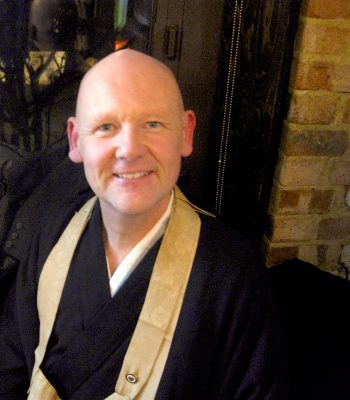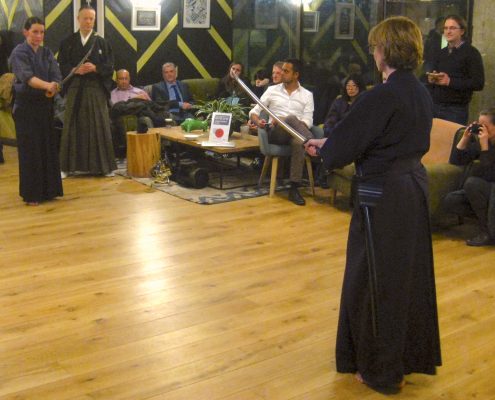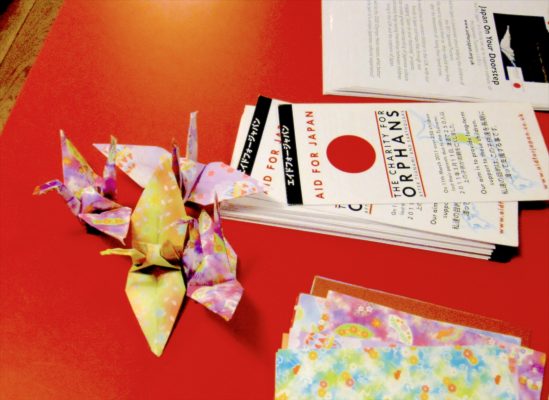Relief Volunteer Interview : Jen Sno

Experiencing the relief effort in Tohoku from one of the volunteers on the ground…
Part of the recovery effort in Tohoku involved the services of NPOs operating through the generous actions of volunteers. Jen Sno worked with It’s Not Just Mud, a relief organisation based in the Ishinomaki area. In this interview, Jen compares her experiences in New Orleans following Hurricane Katrina – as well her experience of working with children in Tohoku and how they are living post-tsunami.
Did you come specifically to volunteer?
Yes, basically. That was my main reason for going, though I did travel around Japan and Korea before and after.
Did you have any expectations about what you’d find?
I’d volunteered in New Orleans (that is, I volunteered there after hurricane Katrina) and other parts of the gulf coast, so I think I expected something similar but on a larger scale. I tried not to go in with two many expectations though because you never know what the situation is like vs what you see in the news.
I didn’t know you volunteered in Katrina, how do the two situations compare? Were they similar and when you arrived in Tohoku, how different was the situation on the ground?
Well my group to New Orleans went right when they just started letting volunteers go in (the first time I went), whereas I went to Ishinomaki a year and a half or so later, so by that time most of the rubble had been taken out of Ishinomaki, which wasn’t the case in New Orleans. But the scale was bigger. That is the damage was more far-reaching in Tohoku, and you could tell that when travelling around. I went to New Orleans and the gulf later too, but it’s hard to compare the two because the approaches taken were different… I think one thing that was different was that in New Orleans, people were given trailers to live in, rather than the kind of temporary housing neighbourhoods in Ishinomaki.
“I went to Ishinomaki a year and a half or so later, so by that time most of the rubble had been taken out of Ishinomaki”
So how did the actual work you did compare? Was there a big difference given that you arrived at different stages of the recovery, or was it similar because of the scale of the damage in Ishinomaki?
I think in both cases a similarity is that poorer people were effected the hardest.
So does that mean you were quite involved in the economic recovery too?
It was pretty different. In New Orleans I mostly did things like house gutting, clearing out old furniture and stuff like that. By the time I got to Ishinomaki, most of those things were done or were being done by professionals, so I mostly did community support things, like helping fishermen’s wives make jewellery or help with growing hoya.
Still really important work. What is hoya?
I think in both cases I just went where there was a need vocalised. Hoya is sea pineapple in English. I guess it’s a “sea squirt”. It is some kind of sea food that is considered a delicacy. It takes 4 years to grow, which is in part why it’s a delicacy. And they grow it in Tohoku, but it got all wiped out in the tsunami, so they had to start over.
I guess people had to start from scratch in a lot of ways after the tsunami. That said, what was it like working with the people of Ishinomaki?

It was great! Everyone we worked with was really nice. A lot of them were really funny. I really enjoyed working with the fishermen in Funakoshi. I really got an appreciation from them for nature and also for their work. I also enjoyed working with some really sweet and earnest kids doing community activities in the temporary housing neighbourhoods. Sometimes other locals would see us working and come up and talk to us. I made friends with an elderly woman who I’d see around from time to time because of that, and we’d often talk about which stores had the best deals.
What kind of community activities would you and the children be involved in?
I remember doing a reverse trick-or-treat on Halloween where some of the kids in the neighbourhood went around and gave candy to everyone in the units. I also enjoyed helping with the Playground of Hope opening and seeing the kids enjoy their new playground. That was a program It’s Not Just Mud worked on that built playgrounds in the temporary housing neighbourhoods. And we also did sports day relay activities with kids and other festivals with the whole community.
Did you get a sense of how the kids were doing?
“I enjoyed working with some really sweet and earnest kids doing community activities in the temporary housing neighbourhood”
What about people in general, physically the recovery is happening but do you think people themselves are?
I think it depends on each person, but when I was there, I think people were trying their best to. I think they tried to find normalcy where they could. For example, on weekends a lot of people would go to the mall, which felt more like a normal space because you couldn’t see any damage in there, and they would wear more fashionable clothes, rather than during the week where a lot of people had to wear clothes for clean-up or building. Of course recovering from something like that mentally and emotionally is a lifelong process and it would be impossible to truly recover completely I think.
What was the most memorable thing (or things) you took away from your time in Ishinomaki?
I think the most memorable thing was going to Funakoshi, which is a fishing village in Ishinomaki, but far outside the city. I think I’d go there once a week if not more. And as I mentioned, getting to know the fishermen and their families and observing how much they loved the ocean, even after everything that happened, was really inspiring. And also seeing how much they loved their village. The drive up was very beautiful too, through the hills and along the bay. I’m a city gal and kind of an indoors person, but it really helped me appreciate nature. Before I kind of felt like we were fighting against nature, since a natural disaster caused this, but because of them, I was able to understand that the ocean is also their livelihood and and the centre of their lives, not just something that destroys it.
Interview by Yussif Osman.
http://itsnotjustmud.com

